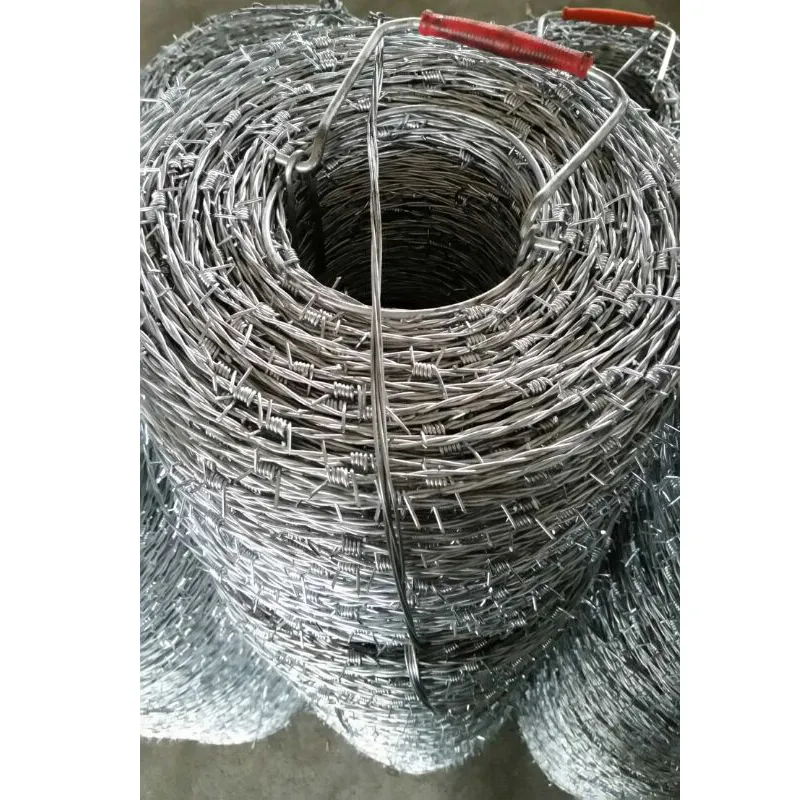Aug . 03, 2024 02:25 Back to list
Durable 100ft Chicken Wire for Strong Fencing Solutions in Your Backyard Garden or Farm
Understanding Chicken Wire A Comprehensive Guide to 100ft Rolls
When it comes to versatile materials in gardening, farming, and home maintenance, chicken wire ranks high on the list. Known for its affordability, durability, and ease of use, a 100-foot roll of chicken wire is an excellent resource for a variety of projects. Whether you're a seasoned farmer, an ambitious gardener, or a DIY enthusiast, understanding chicken wire can significantly enhance your ability to manage and protect your outdoor spaces.
What is Chicken Wire?
Chicken wire, also known as poultry netting, consists of thin wires twisted together to form a mesh with hexagonal openings. While traditionally associated with enclosing chicken coops, this lightweight fencing material serves numerous purposes beyond agriculture. It is often made of galvanized steel, allowing it to resist rust and corrosion, ensuring a long lifespan even in challenging weather conditions.
Why 100ft?
A 100-foot roll provides ample length for many projects, whether you're creating a fence, crafting garden borders, or building protective barriers. This length strikes a balance between manageability and coverage, making it suitable for both small gardens and larger plenty like animal enclosures or decorative trellises. Moreover, the lightweight nature of chicken wire makes it easy to handle, transport, and install.
Common Uses of Chicken Wire
1. Animal Enclosures Chicken wire is commonly used to create safe enclosures for chickens, rabbits, and other small animals. The hexagonal design is effective in keeping out predators while allowing for visibility and airflow. If you're starting a small backyard farm or simply want to keep your pets contained safely, a 100-foot roll can provide a secure perimeter.
2. Garden Protection Gardeners frequently use chicken wire to protect their plants from unwanted pests, such as rabbits and deer, who might feast on your flowers or vegetables. By surrounding your garden with chicken wire, you can keep these animals at bay while allowing beneficial insects like bees and butterflies to enter.
chicken wire 100ft

3. Craft and DIY Projects Beyond practical uses, chicken wire is a favorite material for artists and DIYers. It can be molded into unique shapes for home decor, floral arrangements, or even sculptures. Its flexibility allows for creativity, making it a staple in crafting communities.
4. Supports for Climbing Plants Chicken wire can also serve as a trellis for climbing plants like tomatoes, peas, or cucumbers. By attaching the wire to posts or a frame, you create a structure that supports healthy growth and maximizes your garden space.
Tips for Working with Chicken Wire
When using chicken wire, keep in mind a few helpful tips
- Safety First The edges of cut chicken wire can be sharp, so working gloves are essential. This precaution can prevent painful cuts or injuries as you manage the wire.
- Installation When securing chicken wire to posts or fences, use galvanized staples or fencing nails to ensure durability. For animal enclosures, it’s wise to bury a portion of the wire into the ground to deter digging predators.
- Maintenance Regularly check your chicken wire for rust or wear. With proper care, a 100-foot roll can last many seasons, providing protection and utility.
Conclusion
A 100-foot roll of chicken wire is a practical addition to any home or garden toolkit. Its versatility, ease of use, and affordability make it an indispensable resource for homeowners, gardeners, and farmers alike. Whether you're fencing in a coop or crafting a unique garden display, chicken wire proves to be a reliable solution, adaptable to various needs. Embrace the potential of chicken wire and explore the myriad of projects you can undertake with this fantastic material!
-
The Role of Field Wire Fence in Grassland Conservation
NewsJul.15,2025
-
Stainless Steel Razor Wire Durability in Coastal Environments
NewsJul.15,2025
-
Enhancing Home Security with Mesh Fences
NewsJul.15,2025
-
Diamond Mesh Wire for Small Animal Enclosures
NewsJul.15,2025
-
Common Wire Nail Tensile Strength Testing for Woodworking
NewsJul.15,2025
-
Barbed Wire Corrosion Resistance Galvanization Techniques
NewsJul.15,2025









